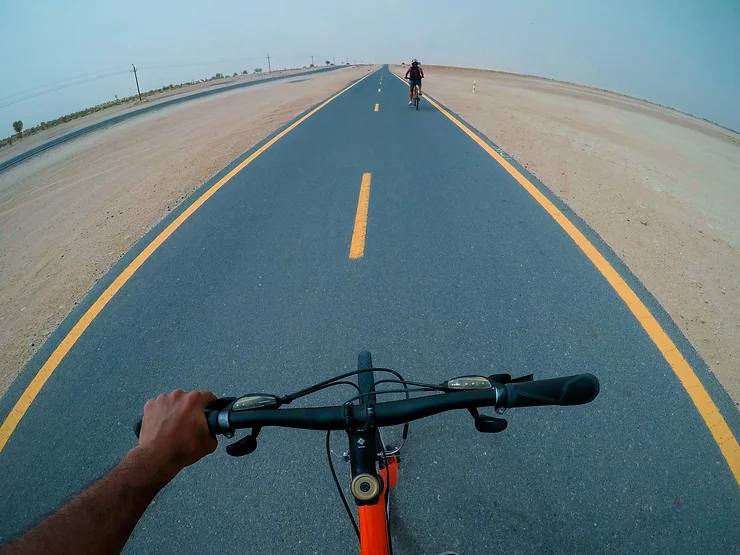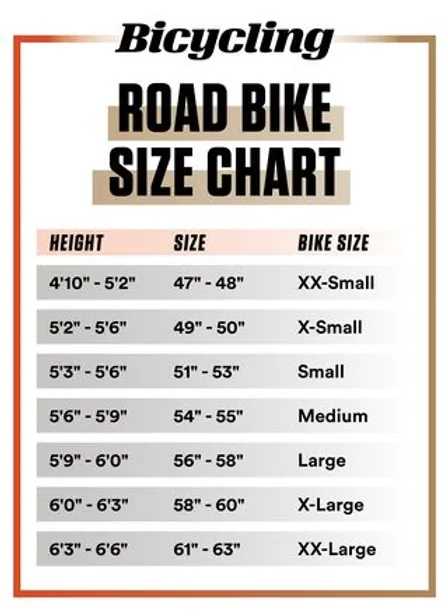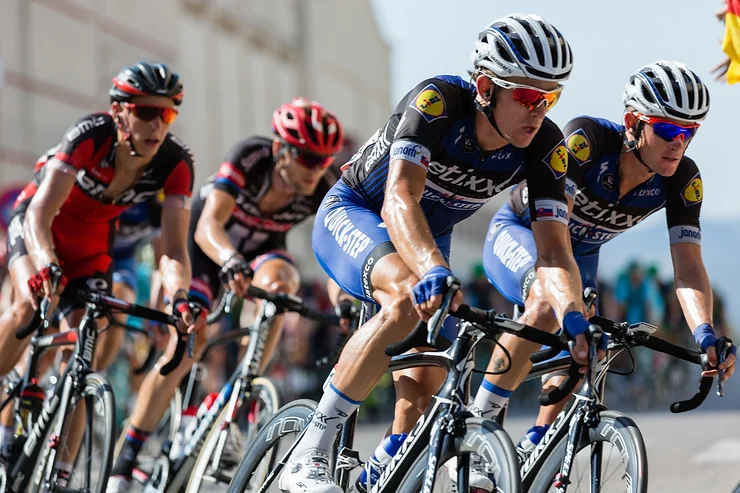Disclaimer and Intro:
First, I really should start this by saying that I am absolutely not an expert on this topic. I am only a beginner "sharing notes" with other beginners on a topic to which I have given some attention over the past few weeks. I think though that this article might be helpful to anyone who, like me, has recently signed up for their first triathlon and who has little to no prior experience biking. This is meant to give you a quick overview of what you need to buy to get started. I ask beginner to take everything I say with a grain of salt, and I encourage any individuals more experienced than myself to correct me if I get anything wrong so as to give the best possible advice to those who are just about to begin this journey.
What Bike Should I Buy?
The biggest and most daunting step in this process is choosing what bike to buy. You can think of bicycles as being arranged on a continuum with the two extremes of the continuum representing bikes optimized for two completely different purposes. On the one end of the continuum, you have mountain bikes. These bikes are usually heavier and bulkier. They have big thick wheels with deep groves (to maximize traction)and a suspension system that will allow the bike to endure bumpy terrain. Mountain bikes, like the name implies, are meant for "off road" or trail biking, think biking down a bumpy dirt trail in the middle of the woods. On the other extreme you have Road Bikes which are bikes especially designed for high speed/long distance riding on paved roads. These bikes are generally super light (I guarantee you'll be shocked the first time you hold one), and have very thin wheels perfect for minimizing friction. Generally, these bikes will also have "drop bars" ... which are special handles that allow you to stretch your body more horizontally while biking (a very strange sensation) to minimize air resistance. In between these extremes lie a whole host of bikes usually referred to as "hybrid" or "commuter" bikes which have properties of both mountain and road bikes to varying degrees.
So which bike should you buy? It depends on your budget, your triathlon distance, and your goals. Ideally, of course, you'd want to get as close to the road bike end of the continuum as you possibly can. Unfortunately, road bikes are not cheap, especially now, and a new entrance level road bike will cost you $1000-1500 (and that's considered very cheap for a road bike). If you are in a position now where you can afford to spend this amount on a new bike, then I'd say you need look no farther. This option will certainly give you the most bang for your buck (I was told that the improvement in performance between a cheap entree level road bike and a very expense more professional road bike is tiny compared to the improvement of getting a road bike vs a commuter bike). You should go to a biking store, get fitted and get a cheaper entrance level road bike. These bikes also tend to last, so if you invest some money into a good bike now you'll get to enjoy it for many years to come! If the figure of $1000-1500 is too much for you, however, then unfortunately you have some hard choices to make, so read on ...

To get a cheaper bike you'll have to go one of two routes:
- Route 1: Get a used road bike (expected cost $600-$800)
- Route 2: Get a good "road bike like" commuter bike (expected cost $350-$800)
Route 1: Getting a used bike can be a little tricky if you, like me, have absolutely no background experience with bikes. Luckily, a road bike is easier to evaluate than a mountain bike. The two most important things to do to minimize risk as a beginner buying a used bike is to ... First, make sure that you are getting the bicycle from a trusted source, and second, make sure to actually see the bike before buying it. When you do see the bike, first make sure that it fits you (Here is a chart to give you a rough idea of what size you might be looking for given your height)

Assuming the bike fits you, you can begin inspecting it. Make sure to check the frame for cracks or any signs of damage. Look at the gears and make sure that they work and are in good condition (not rusted or damaged). Make sure to ask the owner of the bike about any repairs that they had to make to the bike in the past. Ask especially whether the spokes of the wheels on the bike had to be replaced. If they did have to be replaced then you might need to replace the entire wheel of the bike in the near future. Make sure to also "test ride" the bike, switch through all the speed settings, try out the brakes, make sure nothing is catching/squeaking, or making any other non bike like noises. If you can, it's also safest to take the bike to a shop to have it checked out. Assuming all this is done, I think the risk to getting a used bike can be minimal.
- Pros You save money. Also commuter bikes are very useful in their own way. They are not great for triathlons but they can be very fun to ride recreationally or for commuting to work (If you happen to live within biking distance to work).
- Cons: Completing and training for the triathlon will take more time and require more effort. If you buy a used bike you run into many of the same issues as Route1.
So now you have your fancy new (or not so new but still beautiful) bike! What else do you need?
Other Necessary Biking Equipment:
- A good lock ($20): You don't want to spend so much money only to have your bike stolen. I know of two friends that have had their bikes stolen where I live. So this is absolutely necessary.
- A Helmet that fits your head! ($30): Your life is worth it.
- Biking protective knee, elbow, and wrist pads ($30): If you are a beginner, you will fall ... many many times ... accept it ... wearing pads on long trails is crucial to protect you and make sure you continue to remain healthy while training (The nightmare scenario would be to break your wrist weeks before your race and end up having to miss it!)
- Biking seat Cushion or Cushioned Biking shorts ($30) : Your rear end will thank me.
- Bike lights ($20): You do not want to be on an icy highway road, at night, wearing all black, without bike lights ... I promise you.
- RAir pump and tire changing kit for the bike ($30).
- A car mount for your bike ($40)
- Water holder for your bike ($15): Hydration, Hydration, Hydration
- Other Essential Clothing: Thick Biking gloves, a warm scarf, thermal undershirts, something/anything to cover your ears (or I assure you they will freeze off in the winter)
All these things are actually available on amazon so you can buy whatever you need. Don't let this list intimidate you though. These extra purchases will usually come about naturally down the road (pun intended) as you encounter different problems and will not significantly affect your budget if they are spread out over time (Really, only the helmet and the lock is needed to get started). Also make sure to ask around first before you buy things new. I bet you, you might be able to get most of this stuff for free from friends or family. Used bikes are also usually sold with their locks and helmet.
That's it! You are now ready for the biking leg of your triathlon ... you know ... except for all the actual training ...
